Nanobots may prove to be a novel method for killing cancer cells, provided extensive research is done to prove their safety in humans.
Do you recall the scene from I, Robot where Dr. Calvin injects nanites into Sonny to wipe out his artificial intelligence? How could those tiny silver objects in that liquid possibly wipe out the robot’s entire intelligence? The process seemed so simple and easy, but also raised plenty of questions about nanites! Nanites, nanoids, nanorobots and nanobots all fall under the umbrella of Nanotechnology.
The first scientist to use the term nanobots was an American physicist named Richard Feynman. In one of his popular talks back in 1959, he spoke of using nanobots to cure heart diseases. Since then, a lot of research has been conducted to see what wonders these nanomolecular devices could actually do. One such important application is in cancer therapy. It’s important to note that the experiment mentioned in the article was only performed on animals. The use of nanobots on humans has yet to be investigated and this article in no means provides a cure for cancer, merely a fascinating option that could be developed in the future.
Now, let’s try to understand a bit more about nanotechnology and cancer cells.
What Is Nanotechnology?
Nanotechnology is the branch of science that deals with changing matter on a molecular scale anywhere between 1 to 100 nanometers (nm). Just how small is a nanometer? Imagine you’re holding a meter-long thread in your hand. One meter is approximately 39 inches long or 100 centimeters. Now, try and measure only 1 cm (one hundredth of a meter) of that thread and hold it in your hand. Simple, right! But what if I tell you to measure one billionth of a meter? It’s physically impossible! You couldn’t even see something that small through a laboratory microscope.
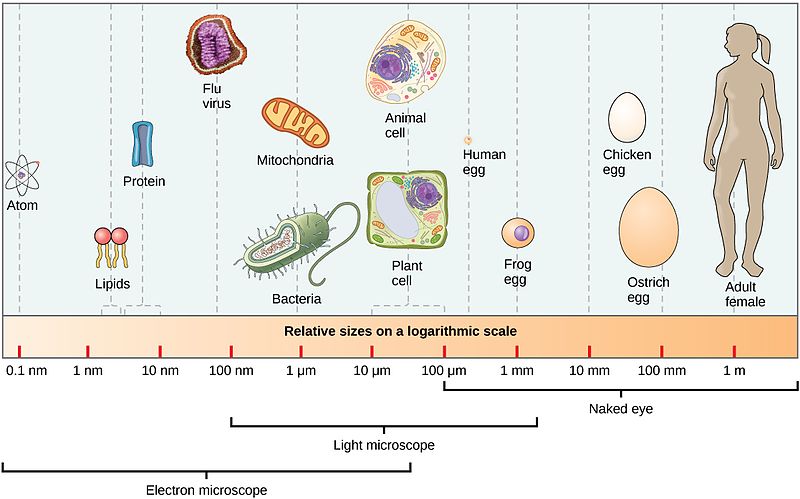
Well, that’s exactly how small one nanometer is. However, thanks to technology, we don’t have to go through such an “impossible” ordeal to get our beloved nanoparticles.
Also Read: What Is Nano Technology And What Is Its Scope?
What Are Nanorobotics (Nanobots)?
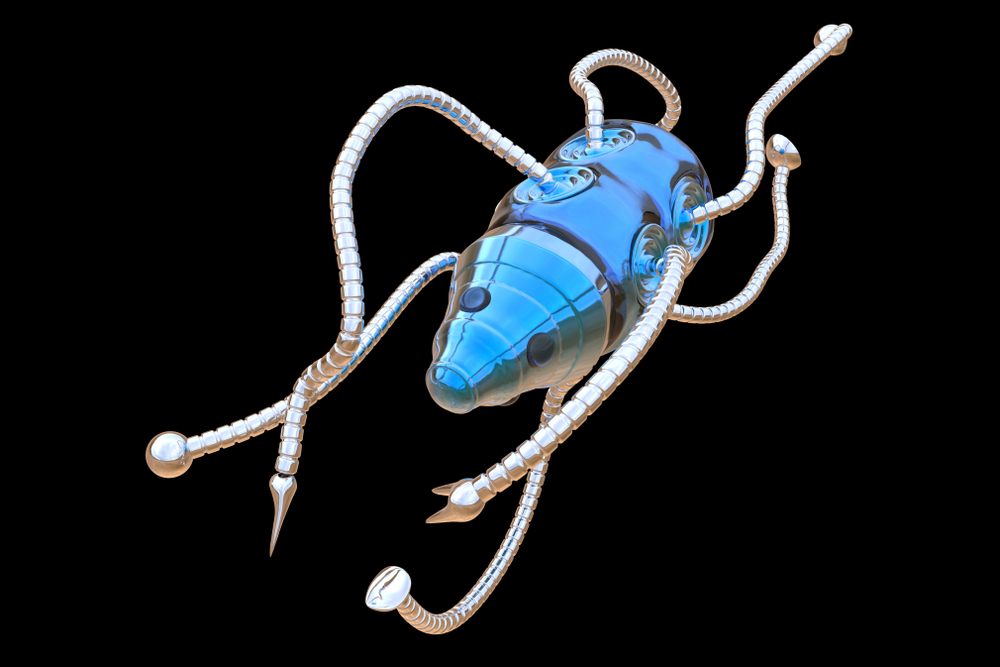
Nanorobotics is one of the theoretical arms in the field of nanotechnology that deals with the development of molecular devices called nanorobots or nanobots. In medicine, the term nanorobots are molecules that possess a novel property, allowing them to perform a specific task in the body. Imagine nanobots like really small robots working in our bodies towards a particular goal! Nanobots are engineered in order to identify enemy cells and act against them. This action is possible with the help of a biological sensor, which forms an essential part of nanobots. Upon identifying the target cell, the nanobot releases the drug on site, allowing maximum specificity, while preventing damage to other healthy parts of the body. This mechanism has been widely used in killing cancer cells.
How Are Cancer Cells Formed?
Cells respond to different signals of growth and are systematically controlled. Normal cell growth requires a perfect balance in genetic signals to allow proliferation and later cell death. However, cancer cells seem to turn a blind eye to these cellular signals and instead proliferate in an uncontrolled manner. These cells begin to resist cell signals that control division and divide rapidly, invading other healthy tissues. They support themselves by attracting blood vessels in order to propagate and proliferate, even when such support structures are not required.
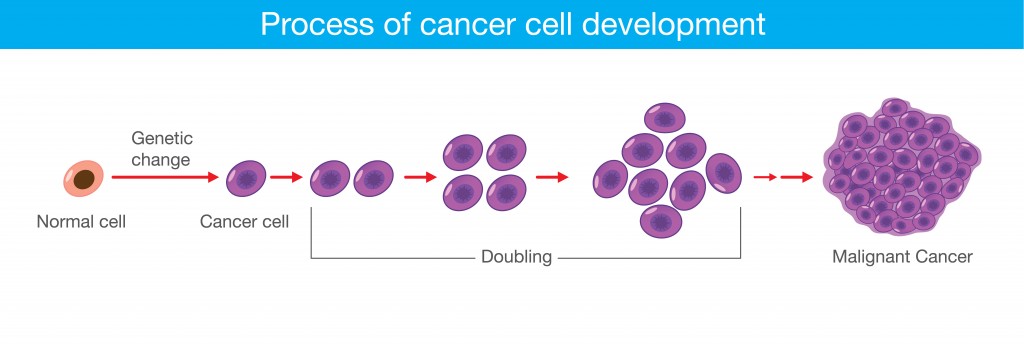
Cancer can be either benign or malignant. Benign cancer cells are the obedient type of cells; they usually stay within the boundaries of normal tissue. On the other hand, malignant cells have acquired the ability to break the tissue boundary and invade other neighboring healthy tissues, wreaking havoc in the body.
The question is, how do normal cells suddenly lose control and “go rogue”? This question unfortunately does not have a simple answer. One of the many reasons for cancer cell formation is a change in the structure of DNA, which causes a loss of signaling among cells and leads to uncontrolled cell division.
The Role Of Nanotechnology In Killing Cancer Cells
The advent of nanomedicine, the science of using nano-sized devices for diagnosis, avoidance and treatment of various diseases, has changed the face of modern medicine. These tiny particles have the ability to alter the dynamics of the body with minimal side effects.
Research conducted at Arizona State University with the help of a mouse tumor model showed precisely how nanobots can kill cancer cells. These nanobots were made from DNA nanostructures (DNA that is folded in order to measure 90nm) along with the blood-clotting enzyme thrombin.
The nanobots targeted a protein called nucleolin, which is found only on the surface of cancer cells. After attachment to the cancer cell, the nanobots release thrombin into the cell. This cuts off the blood supply to the cancer cells, thus destroying the tumor. The nanobots work fast and in huge numbers, completely surrounding the tumor. The experiment was successful and drastically shrunk the tumor, leaving the healthy cells unaffected.
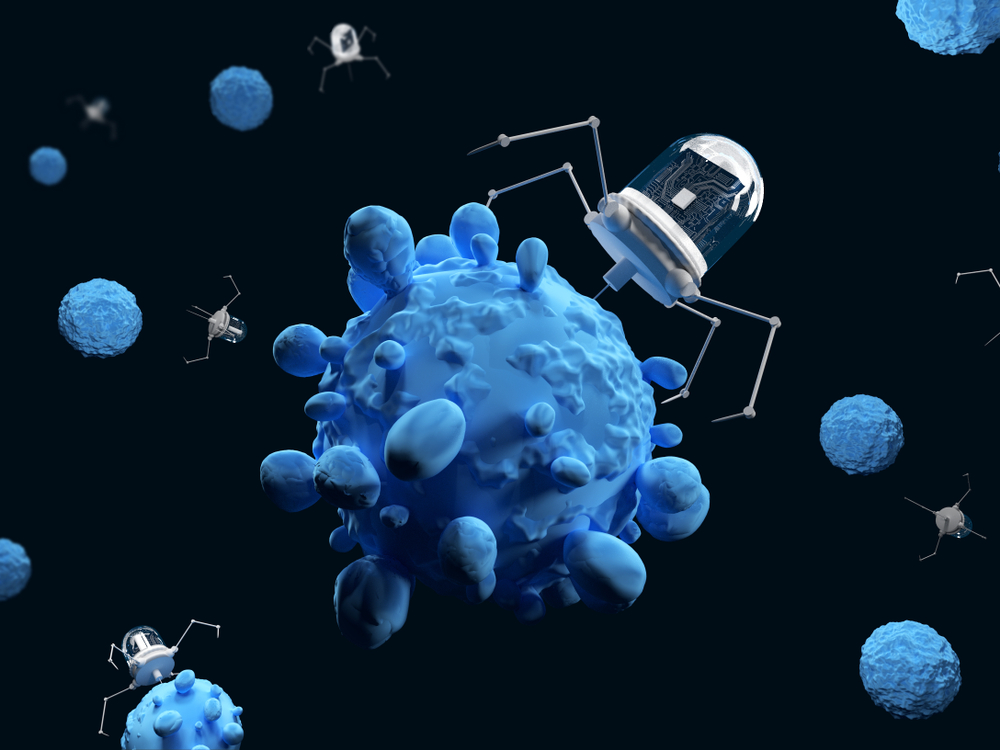
Have Nanobots Been Used In Humans For Cancer Therapy?
Nanobots might prove to be a novel method as an alternative to chemotherapy-related cancer treatment. Chemotherapy has been widely used to kill cancer cells, but it has some very serious side effects. It kills all rapidly dividing cells, like cancer cells, along with other healthy cells. This is one of the main reasons why hair loss is observed among people undergoing chemotherapy, since hair follicles grow so rapidly in the body.
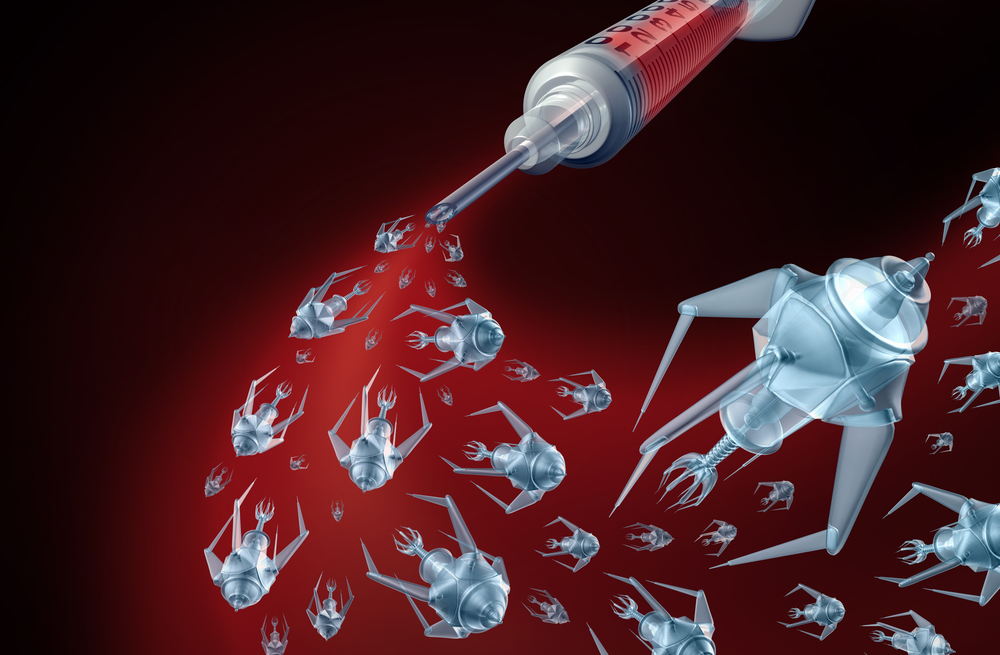
This is where nanotechnology sweeps us off our feet due to its remarkable specificity. Nanobots have several binding sites that allow them to bind to many cells and release the drug.
Sadly, all that glitters is not gold… the use of nanotechnology on humans comes with its fair share of disadvantages, due to their foreign nature. One of the most important aspects that requires further investigation is the magnitude of toxicity present in the nanoparticle and its effect on the human body. Nanoparticles may cross biological barriers, such as the blood brain barrier, the small intestine, or nasal skin, all of which may lead to an inflammation response, or more serious side effects.
A lot of research is being conducted in order to make nanorobotics a reality in the field of medicine. Experiments are currently being conducted on mice and pigs to identify the side effects and potential safety of injecting nanobots. If all goes well, we may see some novel methods of nanotechnology being used in cancer cell treatment in the near future… fingers crossed!
Also Read: What Is Xenobot And Why Is It So Special?
How well do you understand the article above!

References (click to expand)
- Vega Baudrit, J. R. (2017, May 23). Nanobots: Development and Future. International Journal of Biosensors & Bioelectronics. MedCrave Group, LLC.
- Brenner, S. (2010, October). Nanomedicine: promises and challenges for the future of public health. International Journal of Nanomedicine. Informa UK Limited.
- Cancer-fighting nano-robots programmed to seek and destroy .... europeanpharmaceuticalreview.com
- Saha. (2009). Nanomedicine: Promising Tiny Machine for the Healthcare in Future-A Review. Oman Medical Journal. Oman Medical Journal.
